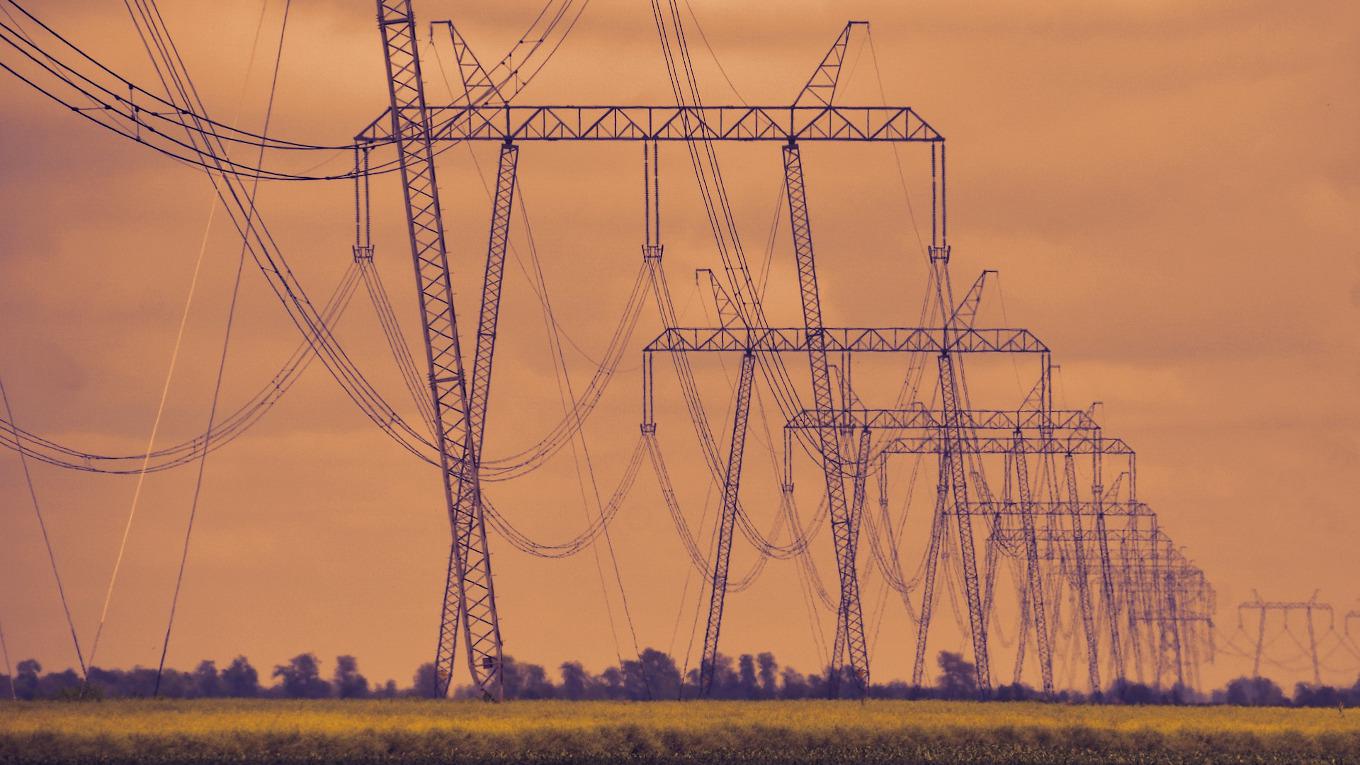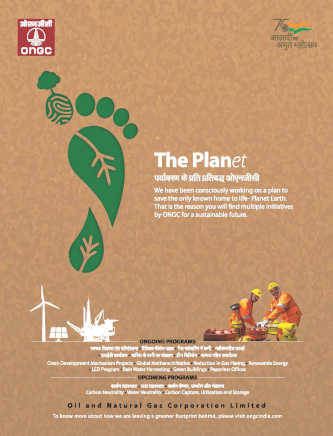
Recently, Mark Carney and François Villeroy de Galhau, the governors of the Bank of England and the Banque de France, issued a warning to the global finance sector – help prepare your economies for the transition to a low carbon economy, or watch the failure of the companies and industries that drive your prosperity. At Climate Policy Initiative Energy Finance, we have been grappling with “transition value at risk” for a number of years. We define transition risk as the reduction in the value of assets or income that is lower than expected because of climate policy and market transformations, such as the shift away from coal-fired generation. This may be concentrated in a select number of companies and industries but the interconnectedness of the global economy, and the risk to financial sectors that drive the connections, could spread the impact across the entire global economy. Based on global emissions, sectors with the greatest concentration of risk are likely to include energy (power, coal, oil and gas, mining, transport, industry) and land use (agriculture and agricultural products, forestry, real estate). Finance, industrial goods, and manufacturing are also potentially subject to risk, but this risk is usually derived from energy or land use through investments or serving the related markets. In South Africa, the first country case study in our sovereign risk programme, we found that its dependence on coal exports contributed to $124 billion in transition risk over a 2017-2035 timeframe. Most of this risk results from South Africa’s exposure to the seaborne coal market, which has shifted focus from Europe to developing countries, such as India and China. While we found that only 16 per cent of the total risk “explicitly” flows to the South African government via lower taxes and reduced royalties, this could more than double, once “implicit” transfers and contingent liabilities are taken into account – via potential company and municipality bailouts, guarantees, and worker transition assistance. In India, the transition risk story may be similar in some ways because two-thirds of its generation capacity is coal-based and it is the world’s third-largest coal producer.

























